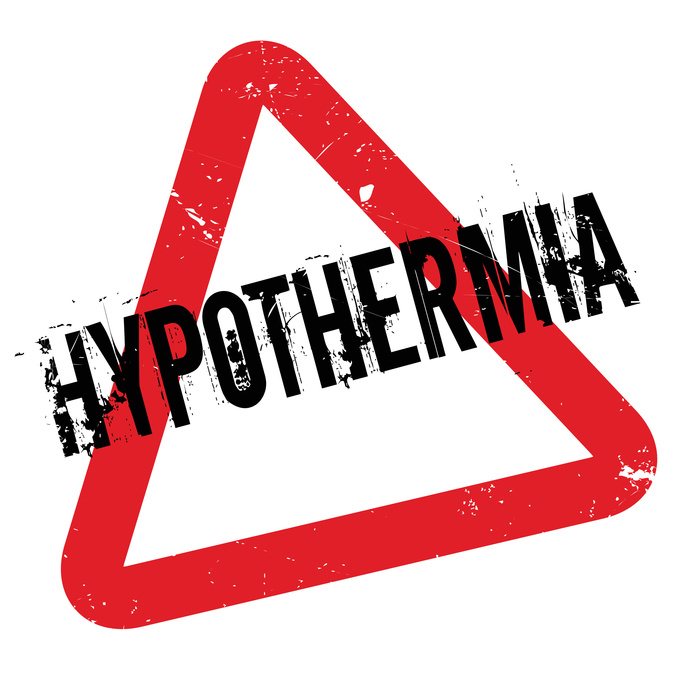
Our first two posts for July have focused on the importance of preventing an unhealthy RISE in Home Healthcare patients’ body temperature, preventing heat stroke, muscle cramps, and pressure injuries. Our third blog focuses on the hospital O.R. setting, where the prevention of hypothermia remains a primary concern for O.R. staff.
Hypothermia, defined as a core body temperature of less than 96.8 degrees Fahrenheit (36 degrees Centigrade), is “a relatively common occurrence in the unwarmed surgical patient”, an Ochsner Journal article explains, cautioning that even a mild degree of perioperative hypothermia “can be associated with significant morbidity and mortality”.
Bordes, Hart, Corsino, and Harmon report, a threefold increase in the frequency of surgical site infections. Notwithstanding these statistics, hypothermia remains a common threat; the primary reason - anesthesia eliminates behavioral modification for the patients, altering their thermoregulatory mechanism.
Operating rooms are typically kept below levels needed to maintain normothermia, because O.R. personnel typically find such levels uncomfortably warm, due to:
- high levels of stress during surgery
- the multiple layers of clothing required, including sterile gowns and lead aprons
- the need to prevent staff from perspiring into a surgical incision
The Surgical Care Improvement Project (SCIP) has focused institutional efforts on hypothermia prevention, the Ochsner Journal reports. Meanwhile, AORN, in collaboration with the University of Iowa, created the PPH (Prevention of Perioperative Hypothermia Tool Kit) to assist healthcare organizations adopt evidence-based practices to promote positive outcomes for surgical patients.
The AORN Guideline for Prevention of Hypothermia Evidence Table discusses several factors related to hypothermia in the O.R., including:
- patient obesity
- use of tourniquets
- the combination of buspirone and dexmedetomidine (reduces the shivering threshold),
The guideline recommends that these risk factors for hypothermia be identified preoperatively.
Action Products support surfaces, designed using Akton® Polymer, not only enhance patient stability, but help control temperature. Humidity control, along with temperature control provides constant protection from pressure sores.
“The human body has a central compartment comprising the major organs where temperature is tightly regulated, and a peripheral compartment where temperature varies widely, the World Health Organization explains. Whether it’s managing heat and humidity for older patients during the summer months, or maintaining normothermia in the O.R., temperature remains a vital element for positive patient outcomes.

